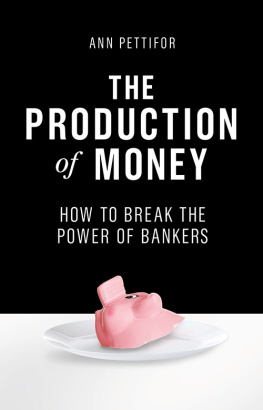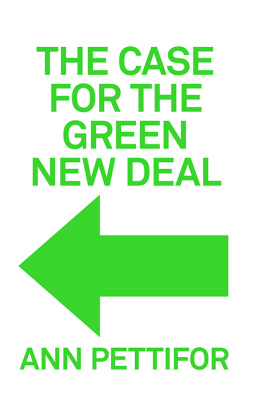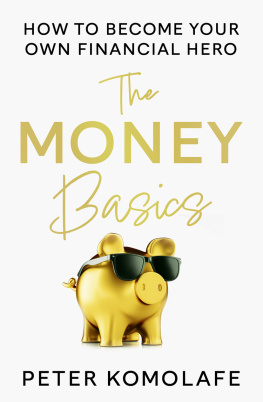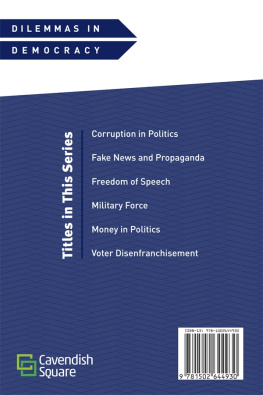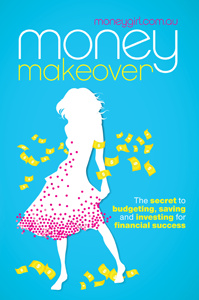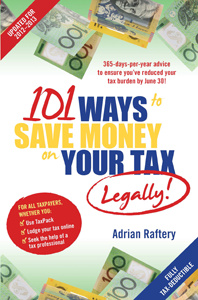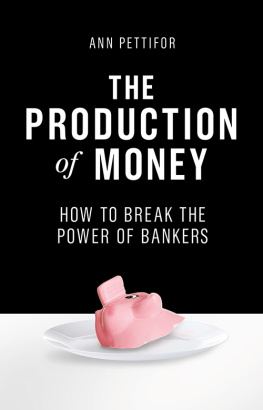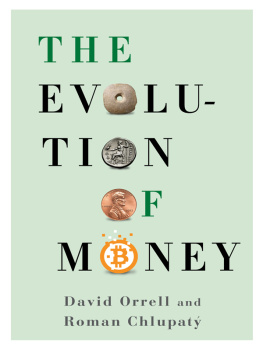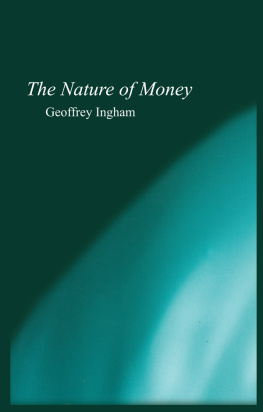I wrote a modest little book in the spring of 2006 entitled The Coming First World Debt Crisis. It was written as a not-so-subtle warning to friends who had bought into the liberalisation of finance model and were borrowing as if there were no tomorrow. The fear was that because of widespread ignorance about the activities of the global finance sector, and because the economics profession itself did not appear to understand money, banking and debt, ordinary punters were sleepwalking into a crisis.
I did not approve of the publishers choice for the title, believing that the book would be out of date as soon as it was published in September 2006. By then, surely, the crisis would have come? How wrong I was, and how right the publisher to overrule me. In the meantime I had to submit to some unkind comments on my analysis of the system. In a Guardian column written on 29 August 2006, I argued that the previous summers fall in house sales in Florida and California were canaries in the deep vast coal mine of US sub-prime credit; and that the impact of a credit/debt crisis in the US would have a much greater impact on us all than the then ongoing crisis in Lebanon. Chicken-Licken! the web crowd yelled. Bobdoney someone I suspect was a City of London trader waxed lyrical:
Next week Ann writes about a six-mile-wide asteroid which has just collided with a butterfly in the Van Allen belt and which, even now, as I eat my cucumber sandwich and drink my third cup of tea today, is heading inexorably towards its final destination just off the coast at Grimsby at 2.30pm on August 29, 2016.
Splosh!
Bobdoney was ten years out, and after the crisis broke, was not heard of again.
The crisis breaks
I remember exactly where I was on that sunny day, 9 August 2007, when it was reported that inter-bank lending had frozen. Bankers knew that their peers were bust, and could not be trusted to honour their obligations. I then naively believed that friends would get the message. I also hoped in vain that the economics profession as a whole would add its voice to those few that warned of catastrophe. Not so. Apart from readers of the Financial Times, and of course some speculators in the finance sector itself, very few seemed to notice.
Fully a year later in September 2008 when Lehman Brothers imploded, it dawned on the wider public that the international financial system was broken. By then it was too late. The world was perilously close to complete financial breakdown. The fear that bank customers would not be able to draw cash from ATMs was real. On the Wednesday after Lehman fell, Mohamed El-Erian, CEO of PIMCO, asked his wife to go to the ATM and withdraw as much cash as possible. When she asked why, he said it was because he feared that US banks might not open. Blue-chip industrial companies called the US Treasury to explain they had trouble funding themselves. Over those hair-raising weeks, we lived through a terrifying economic experiment that very nearly did not work.
Given this backdrop, it came as no surprise that policymakers, politicians and commentators had no coherent response to make to the crisis. Many on the left of the political spectrum were just as stunned. Like most economists, they seemed to have a blind spot for the finance sector. Instead their focus was on the economics of the real world: taxation, markets, international trade, the International Monetary Fund (IMF) and World Bank, employment policy, the environment, the public sector. Very few had paid attention to the vast, expanding and intangible activities of the deregulated private finance sector. As a result, very few on the Left (taken as a whole, with clear exceptions), nor the Right for that matter, had a sound analysis of the causes of the crisis, and therefore of the policies that would need to be put in place to regain control over the great public good that is the monetary system.
Bankers, too, were at first stunned into submission, desperate for taxpayer-funded bailouts and, even for a moment, humbled. But that was not to last. After the bailouts, politicians faced a vast policy vacuum. G8 politicians, led by Britains Gordon Brown, at first co-operated at an international level to stabilise the system. That co-operation and an internationally co-ordinated stimulus quickly evaporated. Worldwide, politicians and policy-makers fell back on, or were once more talked into, orthodox policies for stabilisation, most notably fiscal consolidation. As Naomi Klein had warned, many in the finance sector quickly understood the crisis as an opportunity to reinforce the global financial systems grip on elected governments and markets. After some hesitation they jumped at this opportunity, in contrast to much of the Left, or the social democratic parties.
No fundamental changes were made to the international financial architecture. The Basel Committee on Banking Supervision tinkered with post-crisis reforms, but made no suggestions for structural changes to the international financial architecture and system. Neoliberalism the dominant economic model prevailed everywhere. Paul Mason wrote a book in 2009 called Meltdown with the subtitle: The End of the Age of Greed. How wrong he was. Ten years now from the start of the 2007 recession, while inequality polarizes societies, the world is dominated by an oligopoly greedily accumulating obscene levels of wealth. And despite the initial meltdown, the global financial crisis has not come to an end. Instead it has rolled around from the epicentre of the Anglo-American economies to the Eurozone and is now focused on so-called emerging markets. Private bankers and other financial institutions are gorging on cheap debt issued by central bankers, and have in turn dumped costly debt on firms, households and individuals.
The publics in western economies have suffered the consequences. At the time of writing, millions are in open revolt, backing populist, mostly right-wing political candidates. They hope that these strong men and women will protect them from hard-headed neoliberal policies for unfettered global markets in finance, trade and labour.
The consequences of ongoing financial crises
At a time when a small elite in the finance and tech sectors continue to reap massive financial gains, the International Labour Organisation estimates that worldwide at least 200 million people are unemployed. In some European countries, every second young person is unemployed. The Middle East and North Africa, at the vortex of political, religious and military upheaval, have the highest rate of youth unemployment in the world. Where employment has increased in economies such as Britains, it is of the insecure, self-employed, part-time, zero-hour-contract kind, with uncertain earnings. Warnings abound of a robotic future and the obsolescence of human labour. This vision is touted as if the supply of minerals essential to robots including tin, tantalum, tungsten and coltan ore, and the emissions associated with their extraction, are infinite. Yet the failure to provide meaningful work for millions of people at a time when much needs to be done to transform the economy away from fossil fuels is barely on the political agenda of most social democratic governments. Few, if any, are calling for full, well-paid and skilled employment.

